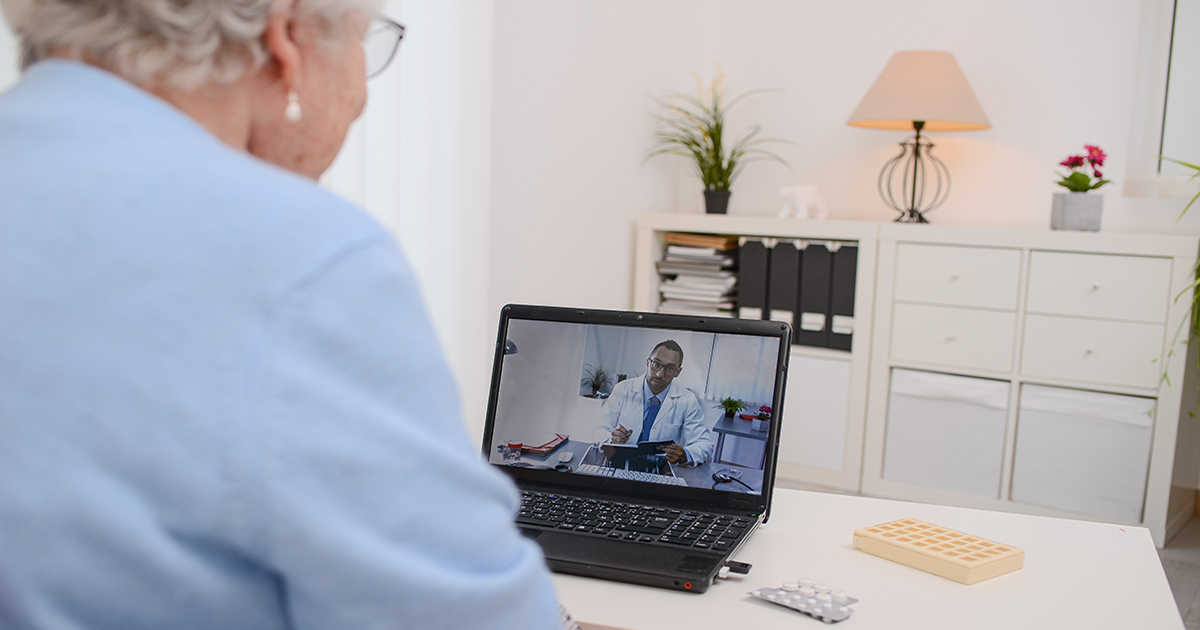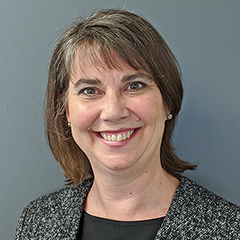The COVID-19 pandemic is devastating the health and economy of communities across the United States. In some regions, hospitals and emergency services are overwhelmed, and, nationwide, primary care in-person visits have largely evaporated, shuttering many offices. Surviving practices have turned to telephone and video visits, also known as telehealth, to avoid transmission risks from traditional office visits. Some national telehealth companies have expanded to fill the rising need for telehealth platforms. Concurrently, most insurers have begun to support telephone and video-based care on a temporary basis. Telehealth offers both promising possibilities and challenges for primary care practices, and getting the implementation right is critical to delivering effective primary care to patients.
The promise
The rapid transition to telehealth is a potentially positive side effect of the pandemic. Telehealth is safe, low risk, and convenient, saving a commute to a physician’s office and a wait in the waiting room. It is private, eliminating the chance that a patient will be seen visiting a physician’s office for a sensitive issue, and it is efficient, allowing care that requires in-person attention to be triaged to the appropriate setting (such as the laboratory, primary care office, or emergency room). And although telehealth is not a replacement for all in-person visits, letting patients choose a brief telehealth appointment frees the primary care practice’s time and space for longer in-person visits for the patients who want or need them.
The challenge
Though telehealth has many potential benefits, it is important to recognize and address the challenges this rapid, unplanned transition poses for primary care practices and their patients.
First, not all practices and patients have the capability to transition to effective telehealth visits. Telephone visits are the simplest way to introduce telehealth, but they do not allow doctors and patients to see one another. A video visit depends on the quality of the technology used, and many primary care practices and their patients still do not have access to, or familiarity with, the necessary technology. Many areas of the country, especially rural areas, lack sufficient broadband access and have connectivity issues. Larger practices and health systems have greater financial reserves and the technical resources to surmount technical issues, but smaller practices must rely on technical assistance through professional associations, Regional Telehealth Resource Centers, and public and private payers.
Another challenge of telehealth for primary care practices is the tension between the rapid transition to telehealth, and the existing change fatigue, burnout, and lack of emotional and financial reserves. Primary care practices have been in constant transition—incorporating new delivery and payment models, new technologies, and new team members—for more than a decade, and they have been chronically underresourced in terms of technical assistance and payment for their efforts. Telehealth is another new tool to fit into the practice’s workflow and systems. Help with primary care transformation, particularly for small and independent practices, could come from regional offices of the Primary Care Extension Program, authorized by (but not funded by) the Affordable Care Act.
Developing rapport with the patient might be more difficult during a televisit, especially because clinicians and patients might be skeptical about this new way of interacting. Ultimately, the same skills and approaches that help develop a strong doctor–patient relationship in person—professionalism, empathy, eye contact, good listening skills, relaxed and reassuring manner, and smart and efficient diagnostic skills—can help “webside manner.”
Some patients lack privacy during a telehealth visit to discuss sensitive issues such as mental health, substance abuse, domestic violence, or sexually transmitted infections. Providers could mitigate this by setting up private, professional spaces and by asking patients beforehand to find a private space, perhaps even suggesting alternatives like a parked car. With privacy established, patients would not need to request privacy from the people they live with when they have a sensitive issue.
Another challenge is the inability to conduct a physical exam in a telehealth visit. This requires adapting the type of visit to the purpose of the visit. Many critical physical exam findings, such as a rash or difficulty breathing, are possible to diagnose over video. Other aspects of the physical exam are traditional but not required for diagnosis and treatment. For example, the gynecologic pelvic exam is not necessary before dispensing birth control pills but could be essential to evaluating a complaint of pelvic pain. Similarly, an ear exam will not change the treatment of seasonal allergies, but it is essential to evaluating sudden hearing loss.
One impediment to physically examining patients during a virtual visit is that telehealth providers cannot use their own diagnostic instruments—such as blood pressure cuffs, pulse oximeters, thermometers, and scales—and patients might have low-quality or no such tools. To address this, payers could cover the tools as durable medical equipment or mail them to patients.
Online and phone visits can also complicate existing communication challenges when patients and clinicians speak different languages or when patients have hearing loss, limited ability to communicate clinical history, or complex family dynamics. To ensure patients’ needs are met, and to avoid exacerbating health disparities through inequitable use of telehealth, practices can provide access to language interpreters and amplified or captioned phones. In-person visits might remain the best option for some patients and issues.
Another challenge is the potential for telehealth to erode continuity of care, especially if patients seek telehealth appointments with clinicians outside their usual practice. When a traditional practice transitions to telehealth, it is challenging but important to maintain continuity of care with the patient’s usual provider and access to the patient’s medical records. High quality primary care differs from urgent care because it requires a whole-person approach and depends on a trusted relationship formed over time, particularly for patients with chronic illnesses or complex co-morbidities.
Further, telehealth providers not associated with a practice are unlikely to have a nuanced understanding of the medical and social resources in the community that best meet patients’ needs. To address this gap, these providers can offer patients an after-visit summary and encourage follow-up with local primary care practices that can coordinate care with other providers.
Effectively implementing telehealth also involves payment reform. Primary care practices, traditionally paid fee for service for in-person visits, are increasingly allowed by payers to bill for telehealth visits at the same level as in-person visits during the pandemic. It is unclear whether these temporary changes will become permanent. For the long term, constructing a sensible fee-for-service payment system for phone and video visits is a challenge. Practices paid instead through prospective (nonvisit-based) payments can care for their patients through any appropriate access point. Indeed, primary care physicians recognize the flexibility that such payment allows, calling on the Centers for Medicare & Medicaid Services and commercial payers to move away from fee for service toward prospective payments.
The future
Telehealth should be here to stay. Although the transition to telehealth was thrust upon primary care practices and their patients because of COVID-19, in many cases, telehealth visits have been positive for doctors and the people they serve. Addressing the challenges we described can help ensure telehealth improves patient care and is attractive and viable for practices.




